When we bought our new house there was one feature that jumped out at me more than any other that made me want to move here, it wasn’t the bedrooms or the kitchen, it wasn’t even the beautiful garden. It was the meadow.
Approximately 2 acres in size, on a south west facing slope on our little farm, it had been cared for as a flower meadow to increase plant, insect and animal diversity. We were originally looking for land of about 1 acre overall in our property search, and the scale took my breath away. It’s an incredible field and right now, I am seeing it flowering in all its glory and I can only describe its beauty as overwhelming.
I was sitting in part of it this week, seeing this sea of flower that has appeared in a matter of weeks and I didn’t know whether to laugh or cry.
The first time I saw the meadow was in September 2020 after it had been cutback for the year, even then I could see the basal rosettes of many familiar species of meadow flower. Right now it is awash with buttercups, layers of other colours beneath the yellow are coming through by the day. Layers of pink, white, blue and the glowing red-amber of the rumex.
Above anything else, with our new move I wanted to secure a parcel of land to give back to nature, to grow wildflowers and increase diversity. I believe protecting and increasing habitat is one of the single most important things we can do – and sadly a lot of people have lost sight of this. Not only does increasing habitats support struggling wildlife, which is the most important motivation for me, it also helps us lock in carbon to slow global warming.
We can all help increase habitats, in our gardens and by supporting charities that buy and look after land in conjunction with local communities. If you are in the position to buy land yourself, that obviously helps too but you don’t need to as you can support charities.
For me personally it was important to secure some land for wildlife habitat however, I believe in conservation so much I have wanted to be more hands on with it my whole life.
I know how to look after meadows, having worked on some in designs, but I have a few key questions I’m currently trying to work out specific to our location, primarily around the time of cut. Being 1000ft high, spring is later and autumn earlier. If anyone has experience of this please do get in touch in the comments below or by email as I’m very keen to get this right.
My gut feel is that the cut needs to be as late into summer as possible, in mid-August or later. However, local farmers have told me this can make the hay less useful because their animals prefer it green and fresh, and is obviously dependent on the weather as it needs to be dry. I would like it to be useful for farmers so the field serves a double purpose of helping wildlife and being productive.
In my mind the most critical timing will be not to cut before the yellow rattle has set seed, as this is such a key species to the success of the whole meadow. Yellow rattle is semi-parasitic, weakening grasses to allow the flowers to take hold. As an annual, it has to set seed to secure future generations.
Another question on my mind is whether to allow livestock onto the field or not? Some people say yes, others have said no and I’m not quite sure which way to lean. In recent years the meadow hasn’t had livestock and it’s looking very healthy diversity wise right now, especially in terms of yellow rattle numbers.
There is also the animal question. What birds, mammals and insects are using the meadow and what plants do they need? What about the timing for them? This is a much bigger question and area of study for me. One day I would love someone to help me identify them all.
It’s an ongoing experiment for me to really get stuck into and I’m looking forward to lots of discussions with people to help look after it.
Some plant species flowering in the meadow now
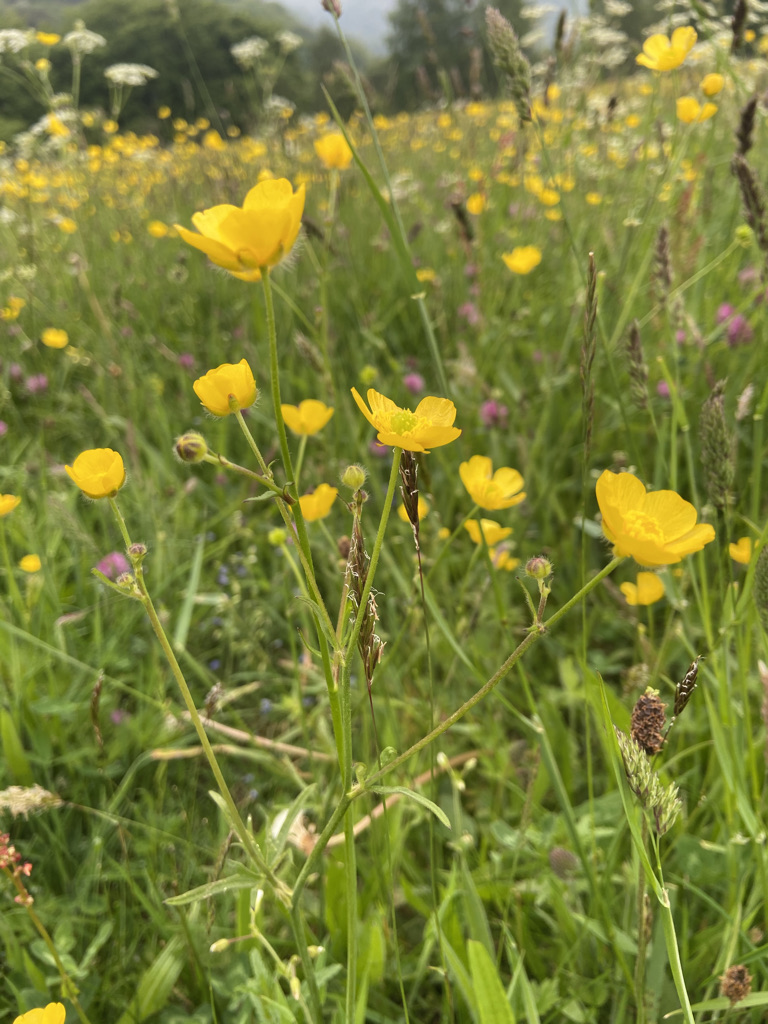
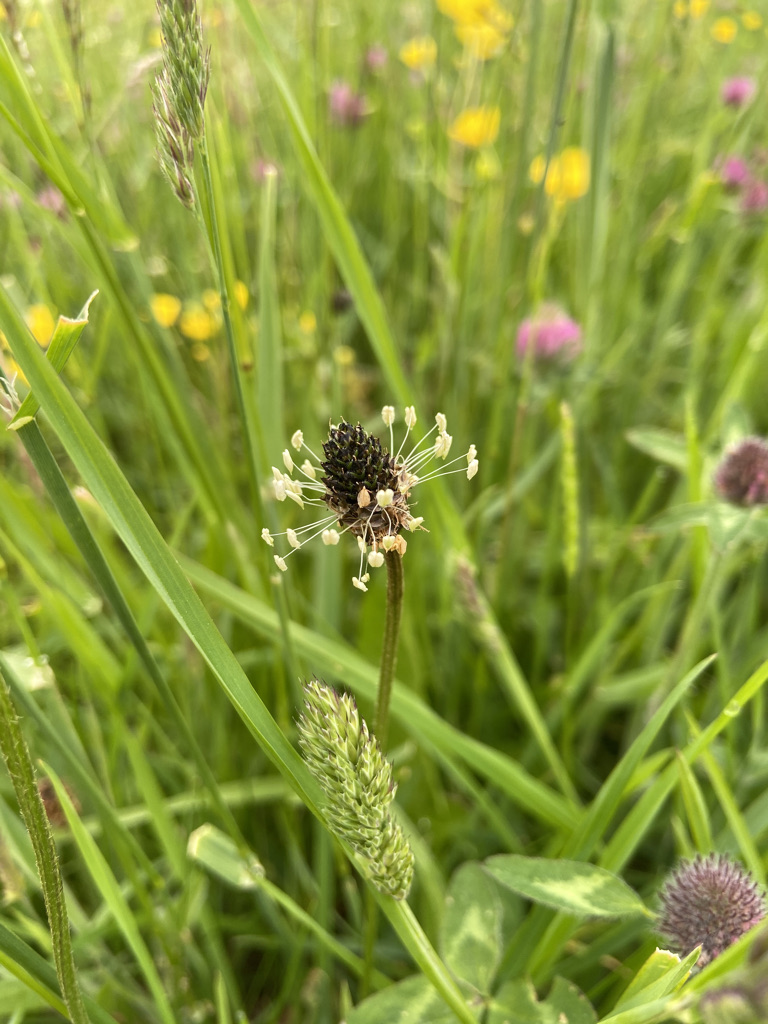
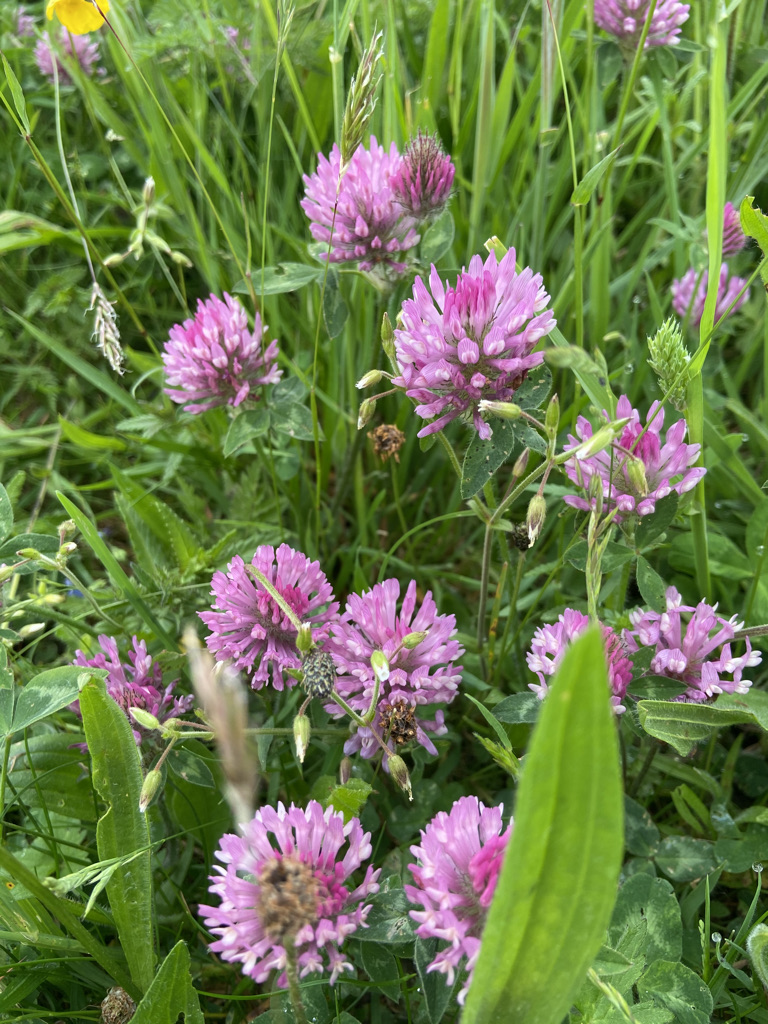
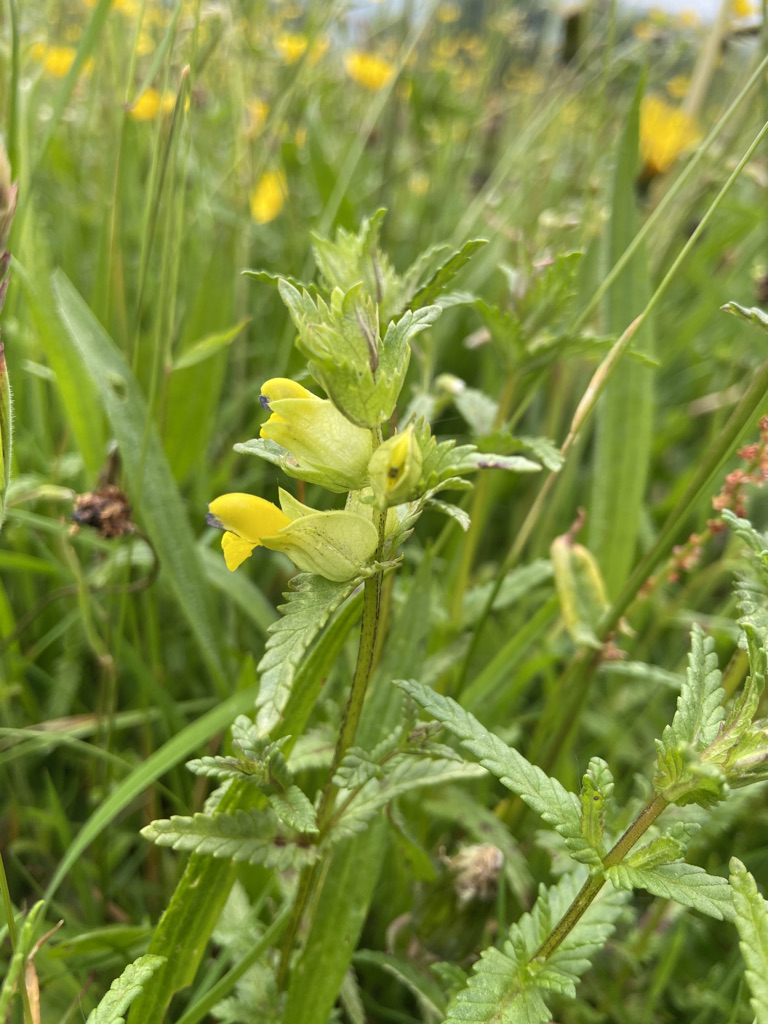
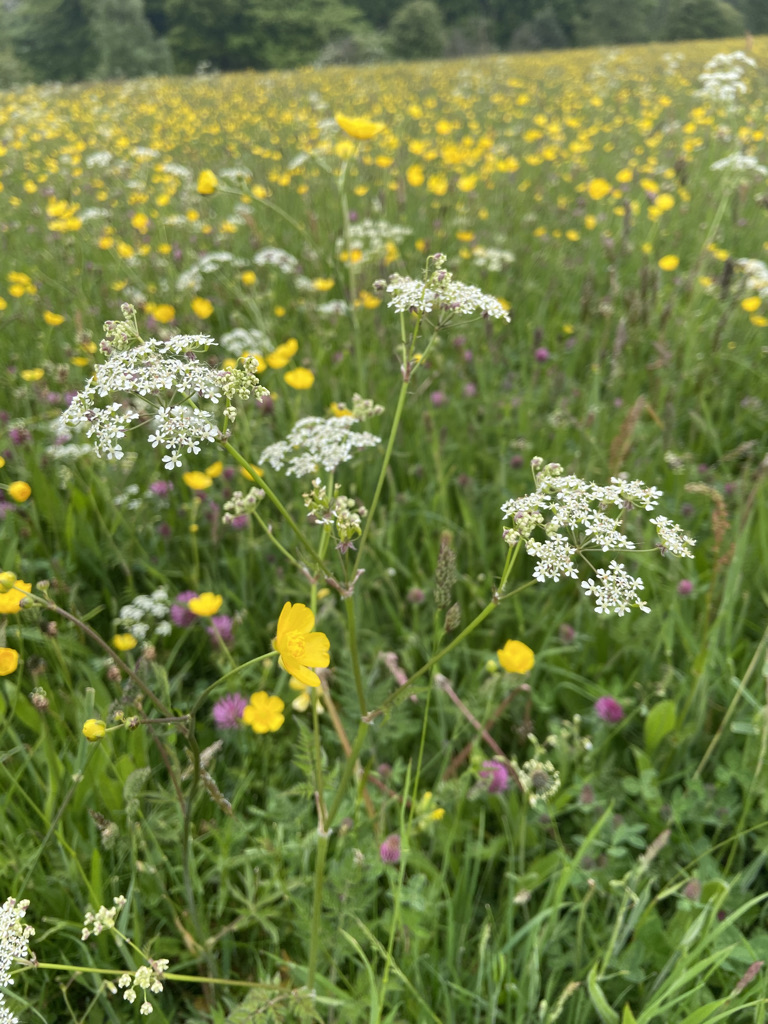
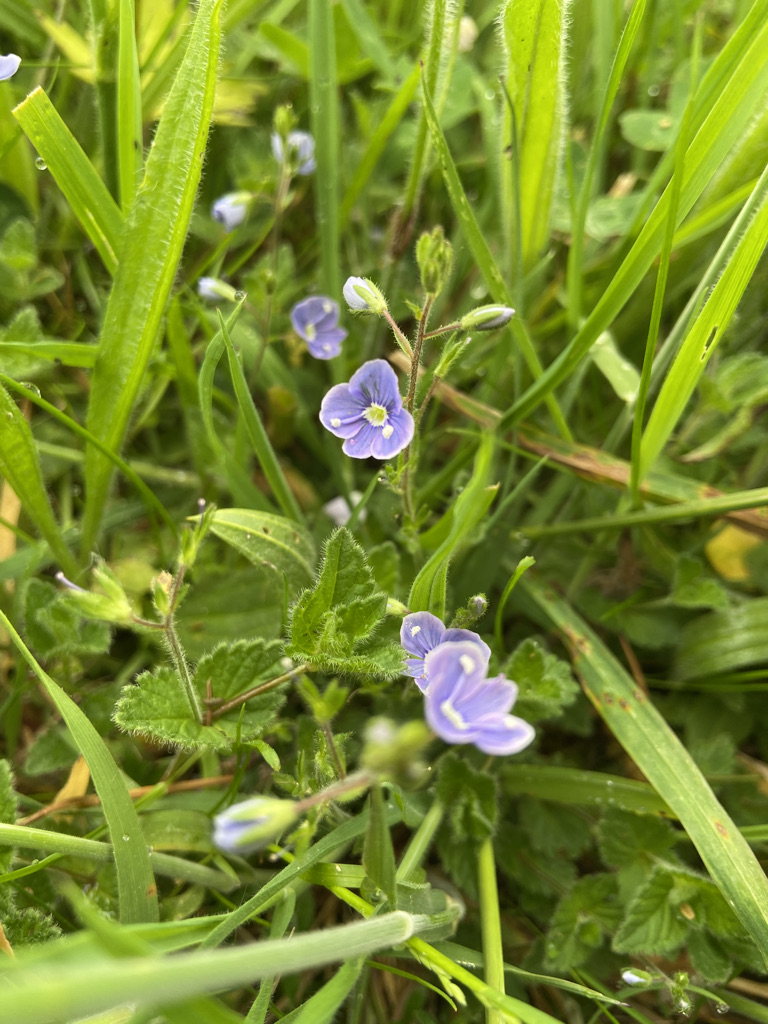
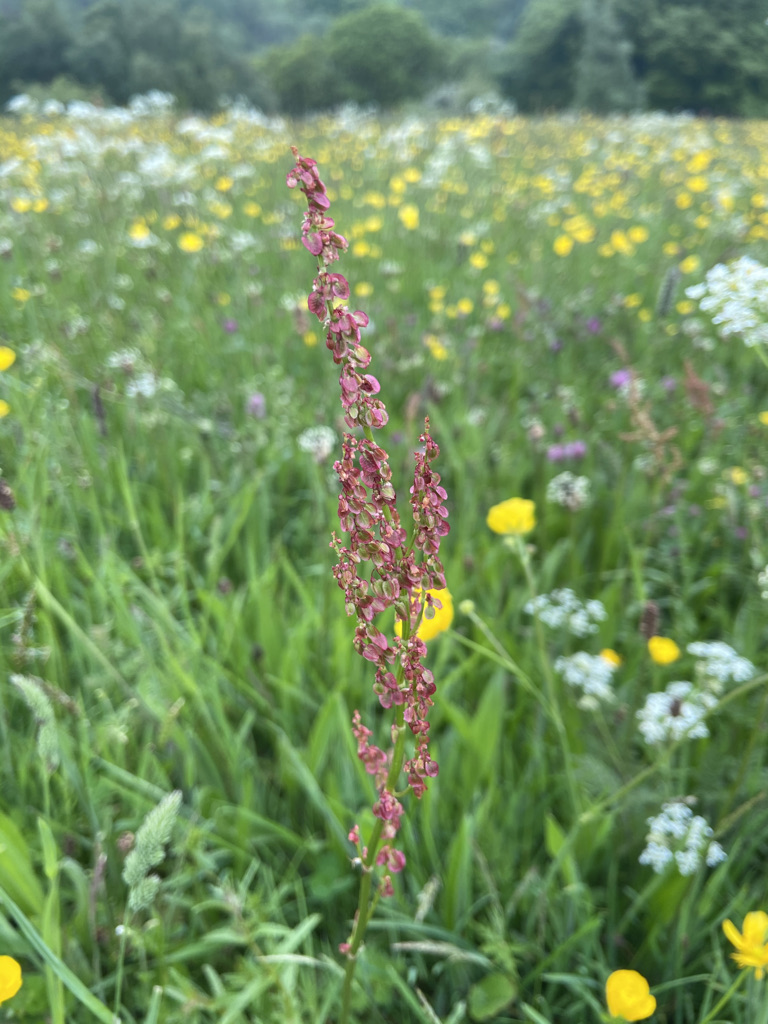
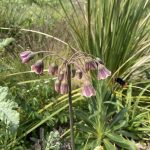

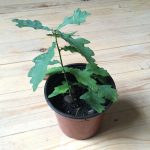
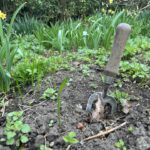
We are also in the Calder Valley (Todmorden) and really interested to learn more too. We have 2 very steep fields of roughly an acre each, which have been untended/ungrazed for at least 10 years. One is currently full of cow parsley and nettles (having taken down most of the brambles last year to get at the Himalayan balsalm which was taking hold) and the other more scrubby. Trying to work out what will be best for us, the land and the wildlife is a little overwhelming.
Perhaps we can learn together Julie! Keep in touch with how you’re going. Each year will make little improvements. It can feel overwhelming but you have many years to get it right 😊
Cheers. Sooo much learning to do. I know I want rid of the balsalm, that bit’s easy, and we’re onto 2nd year of pulling that, so hopefully won’t be too much more in the field (we have a waterfall and stream on our land too, so balsalm shall be a forever battle there as can’t control the upstream).
Think Hogweed is our next fight. My partner has learned the hard way not to strim that without being fully covered up. The brown blotches on his neck were there for months.
Like you say, no rush to work it out. Think we’ll try and get a start with some yellow rattle this year and see what we can do.
Welcome to the Valley by the way. We moved here nearly 3 years ago (though only from a bit further into West Yorkshire) and it’s the best decision we ever made.
It’s great to see what you’re doing and I can’t wait to see what you manage to achieve in our gorgeous soggy bit of the world.
Hi Jack (& Julie)
We’re about 10 years into our experiments – like Julie was abandoned, slopes , some of it really wet – so huge swathes of nettles and brambles at first . But every year it gets better – we now have huge variety of plants, grasses, including some orchids. It’s about 4 acres – lots of work but we’ve got great friends who come abd help with the scything each year
On timing – we do a routine of attacking unwanted bramble / nettle as often as you can – bit by bit they disappear – it took us about 4 years Julie to get it to be grass dominant.
We do a short cut mow in about March as we don’t have livestock and it takes the dominance of the bulky grasses (rattle has yet to succeed for us – still trying – any tips on getting it to seed? )
Then we leave the flowers to end July / early august – scythe by hand everywhere – leave the cuttings to dry, turn into piles , then short short cut. That’s it!
We love experimenting with cutting stripes and paths through ours – gives such great different view points to what’s going on.
Thanks Robin, that’s good to hear and very helpful. Guess we’ve missed cutting in march this year, and will have to work out how – it’s such a slope it’s very difficult to walk on a lot of it.
We’ll get there though, just got to work out where ‘there’ is…
Lovely pictures (as always) and a poetic description of your meadow, Jack. I can feel as if I’m actually there, amidst all those buttercups etc.
What a change from your tiny piece of land in London! Enjoy!
Thank you! Yes such a life change on every level – it feels like a good one, despite its own challenges as it’ll be a huge amount of work. But I feel physically and mentally I need the extra challenge at this point.
I would get in touch with your local wildlife trust for advice on how best to manage your meadow for biodiversity. Always helpful and friendly people!
I love your blog, looking forward to reading about this new project.